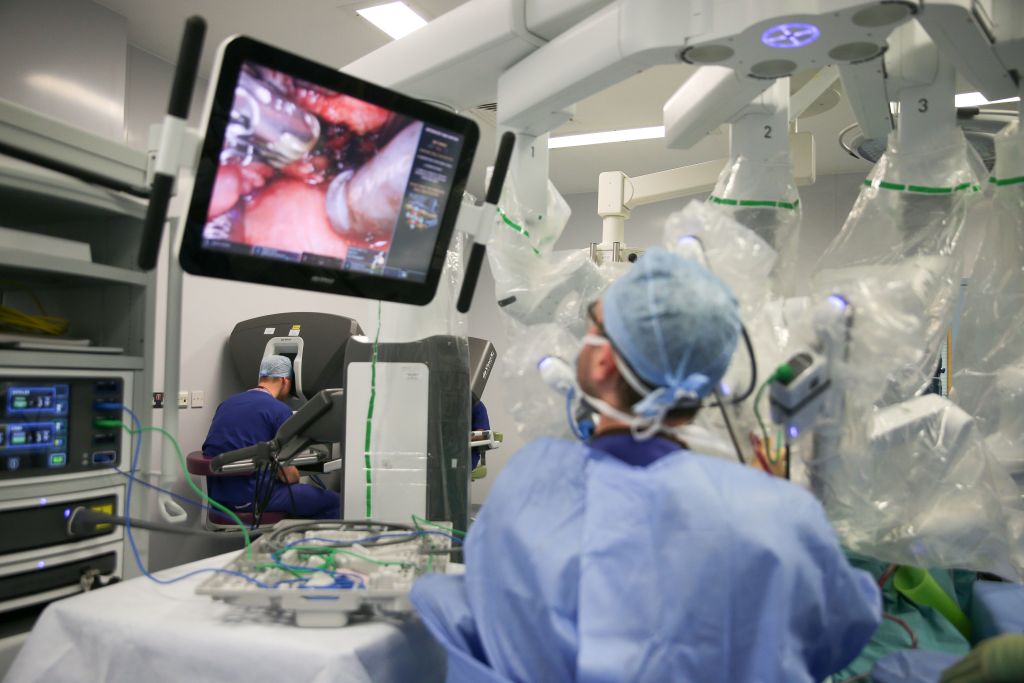In a traditional surgery, new surgeons — residents — get hands-on action, holding back tissue or stitching up the surgery site, all under the supervision of a veteran doctor — known as an attending. But the da Vinci robotic surgery system, however, is operated from across the room, precisely guiding instruments from a specially-designed console. Robotic systems might have two consoles, but attendings rarely grant residents simultaneous control, reports Wired. According to UC Santa Barbara’s Matt Beane—who recently published a report on robot training for residents—he never once saw this happen. Beane judged the state of the field by collecting interviews with surgeons and observations of hundreds of traditional and robotic procedures. His results are troubling: During minimally invasive robotic procedures, residents sometimes get just five or 10 minutes at the controls on their own. Some medical schools put more emphasis on robotic training than others. But Beane found that a worrying number of residents all struggle in this environment. “I realized, good god, almost none of these residents are actually learning how to do surgery,” he said to Wired. “It’s just failing.” Beane thinks that at most, one out of five residents at top–tier institutions are succeeding at robotic surgery.
Thanks for reading InsideHook. Sign up for our daily newsletter and be in the know.


















